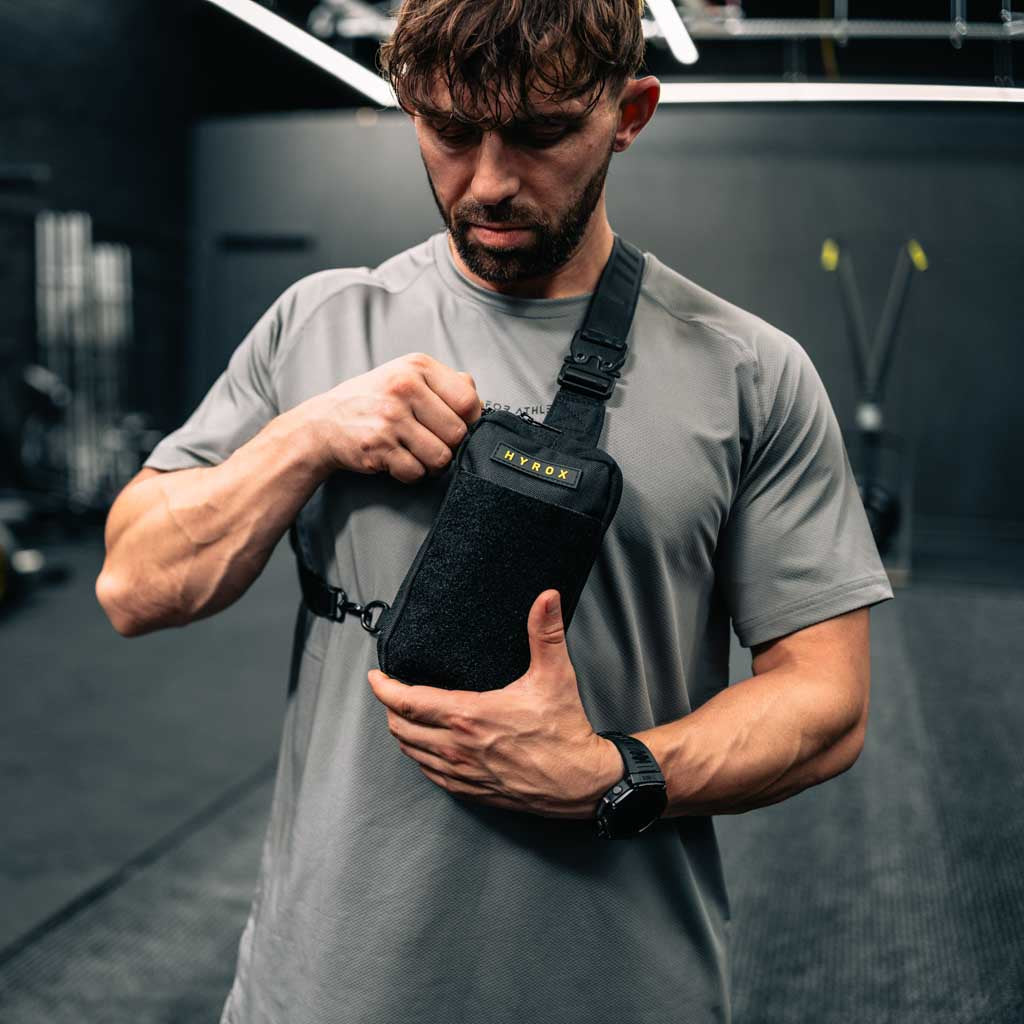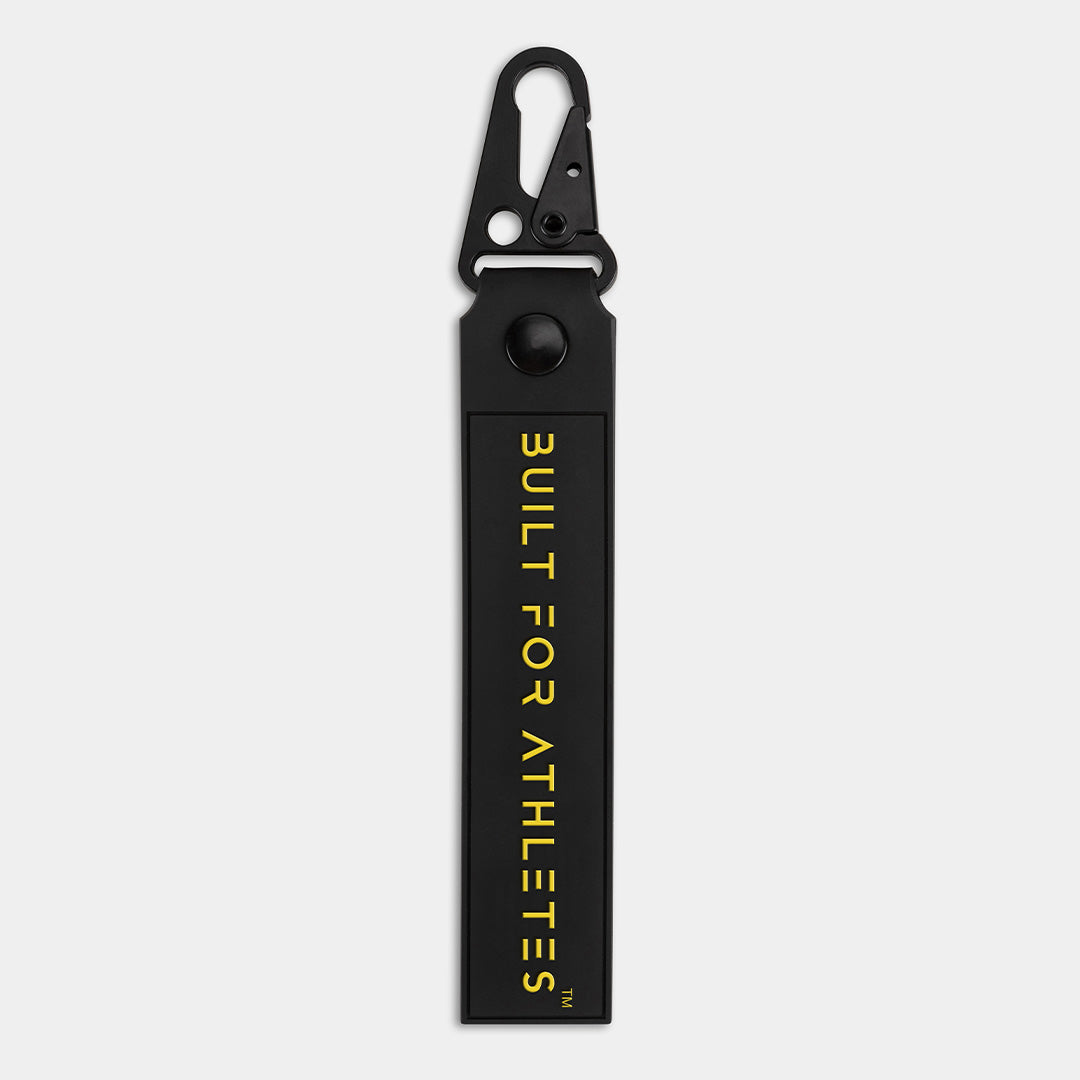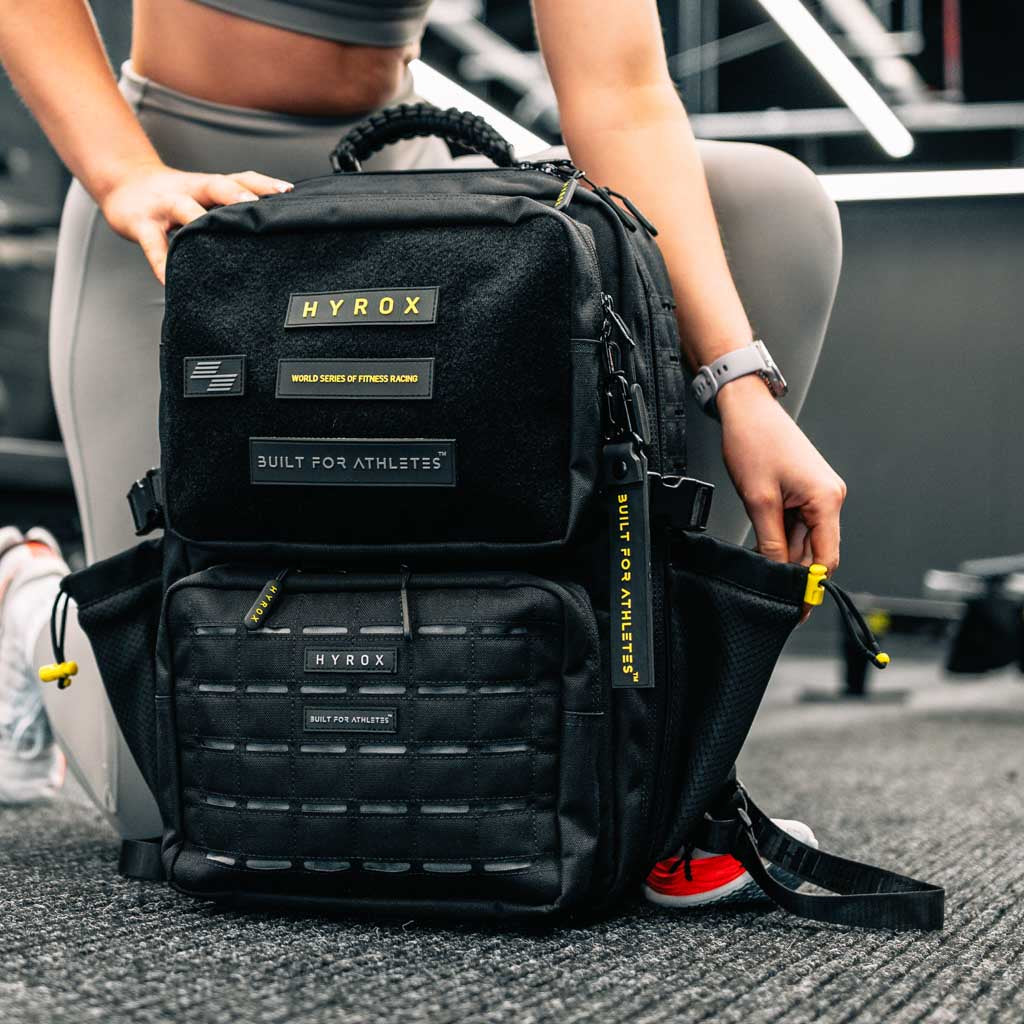Off season HYROX Training
As it’s just been HYROX World Championships, we’ve now got over 4 months until the next UK HYROX event. This means we have time to work on our weaknesses, alongside getting stronger and fitter.
You may already think you know your weaknesses - you may feel like you need to get better at running, or if you got stronger your sled push would improve, but there are more elements of fitness you may not realise have an impact on your overall performance. Now is the time to work on them, and below is how I’d suggest splitting up the next few months of training and what to focus on:
I’d recommend splitting your training up into 6-8 week blocks.
If you have 12+ weeks before your next HYROX event, this is a good time to focus on getting stronger, getting fitter and moving well. Below are the main focuses of this block:
- Building a solid base of fitness (running & ergs)
- Building overall strength
- Progressing all elements of fitness, which are listed below:
-
Muscular Strength: The amount of physical force your muscles can put out, how much weight you can lift.
-
Muscular Endurance: The ability for a muscle group to engage repetitively over an extended period of time, also known as the measure of a muscle group’s “gas tank”.
-
Cardiovascular Endurance: The ability to operate for extended periods with an elevated heart rate.
-
Body Fat Composition: The relation between the amount of body fat you have to your total body mass.
-
Balance and Coordination: Balance is defined as the ability to remain upright and demonstrate control over your body, coordination is the ability to control members of your body with efficiency and dexterity.
-
Speed or Quickness: The ability to move all or part of the body as quickly as possible.
-
Flexibility: The ability to stretch muscles without pulling or tearing them.
-
Agility: The ability to perform rapid whole-body movements with change of velocity or direction in response to a stimulus.
-
Power: The amount of strength a person is able to use during a movement, together with the speed of the motion.
- Reaction time: The speed at which one can respond to a stimulus.
If you’re 12-6 weeks out from your HYROX event your focuses should be:
- Start to add in HYROX specific exercises into your training.
- Progress to heavier weights that you’d use on the day of HYROX.
- Add in at least 1 “HYROX” session per week.
- Start to focus your training around building muscular endurance and speed with running/ergs.
In the 6 - 1 weeks out from your Hyrox event your main focuses should be:
- Get really specific with HYROX exercises & quantities - this should mimic race day conditions with regards to exercise selection, weight & reps.
- Replicate race day scenarios.
- Start to focus on technique & tactics for each movement, and practice these. If you’re competing in doubles, this is an ideal time to get some training sessions in together & practice transitions, and the order in which you’ll perform the exercises.
- Incorporate more “HYROX” sessions within your training.
- Practice race day nutrition, find what works well for you & trail this within your training sessions.
In the week prior to HYROX, this is time to start deloading from training. This means don’t train as heavy/hard or as frequently as we have been doing, and I’d recommend incorporating a couple of rest days in as we approach race day. Ensure nutrition is on point, our recovery & sleep is optimal and we have a bulletproof plan of how race day is going to go. By this point, all the hard work is done and it’s time to go and smash your race!
Nutrition whilst off season training:
Our main focus should be to maintain a healthy high protein diet that’s varied which also includes enough calories to fuel our bodies. To do this, I would recommend trying to ensure 80% of our food is coming from whole foods, and the other 20% is made up however you’d like.
Protein - aim to consume 1.7-2.2g of protein per KG of bodyweight, per day. Split this across all meals, sources of protein are things such as chicken, steak, eggs, fish, cheese etc.
We want to prioritise consuming carbohydrates prior to training, as this is going to fuel our body. Ideally we want something easily digestible before we train, and something that won’t sit too heavy on our stomach, such as bagels, porridge oats, rice, squares bar, bananas etc.
It’s important to include Healthy fats into your diet that are unprocessed as these are great for optimal health and hormone production. Animal fats and nuts are a great option for this.























Share:
#WOTW: Jake Dearden HYROX Master Trainer Series
Jonny Pain on 'The Perfect Program'